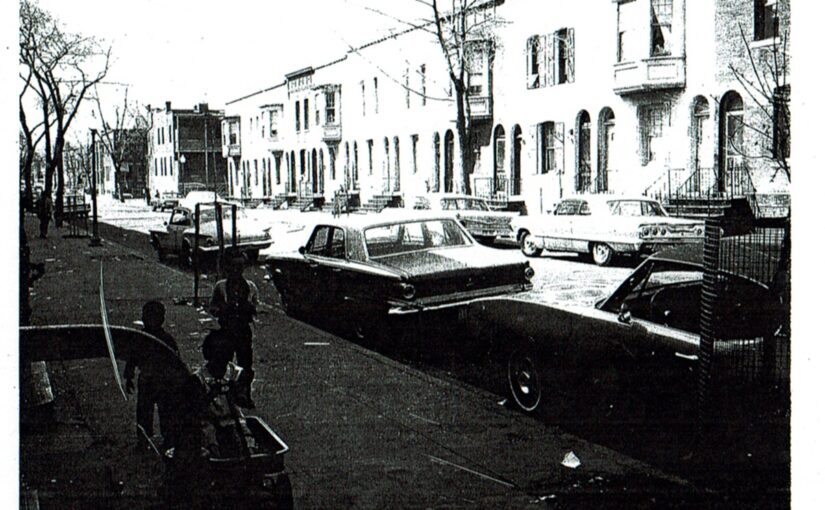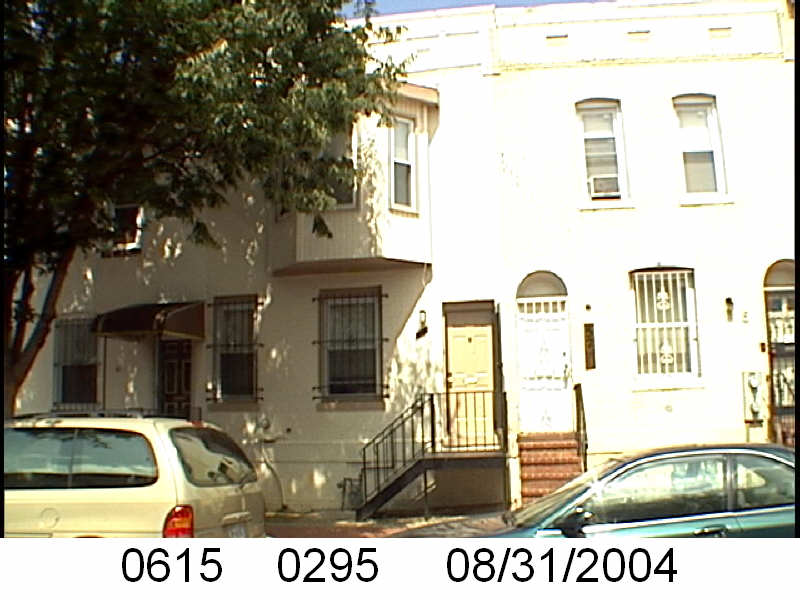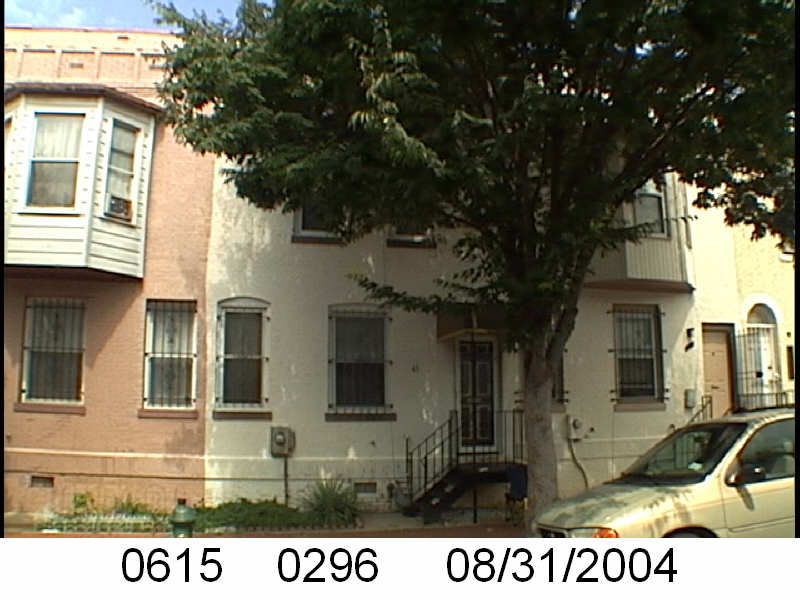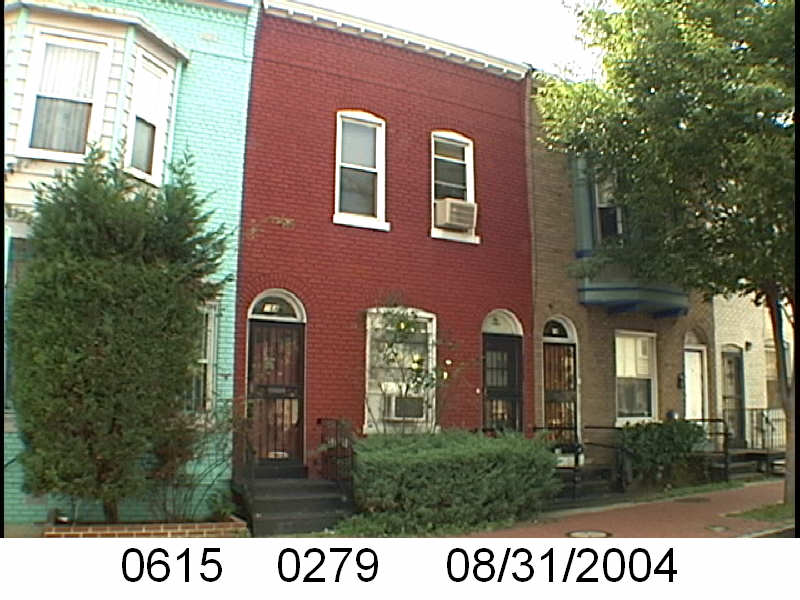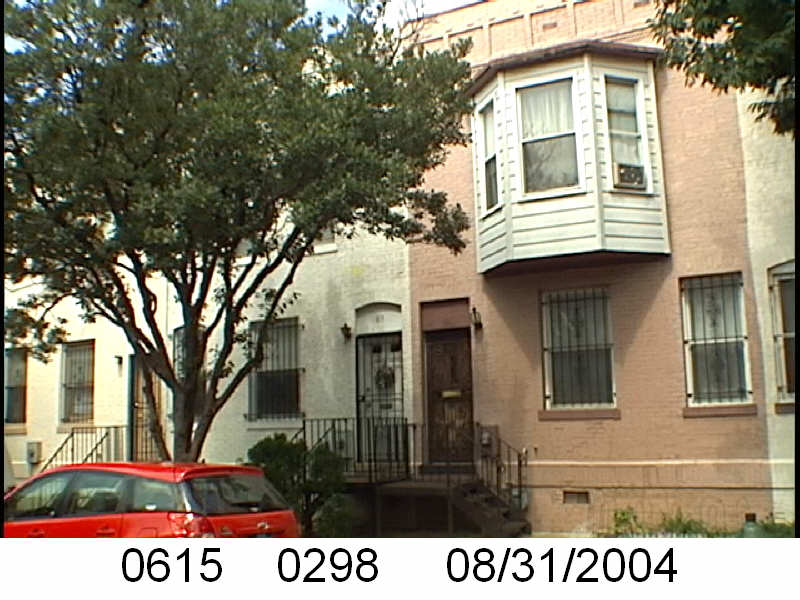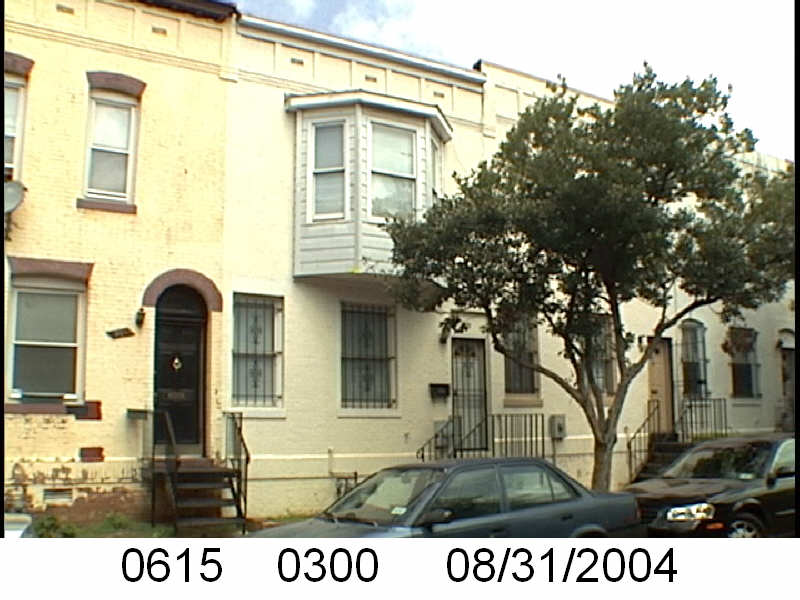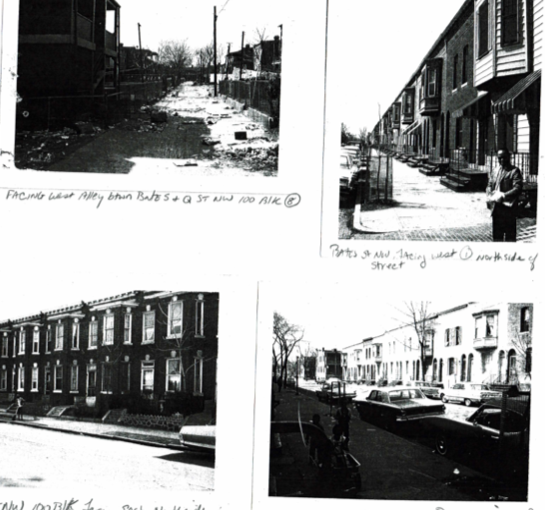The Washington Sanitary Improvement Company (WSIC) was a late 19th century charitable capitalism experiment that ended in the 1950s. This blog started looking at the homes that were supposed to be sold to African American home buyers, after decades of mainly renting to white tenants.
Looking at WSIC properties they tend to have a pattern where the properties were sold to a three business partners, Nathaniel J. Taube, Nathan Levin and James B. Evans as the Colonial Investment Co. for $3 million dollars. Those partners sold to African American buyers. There was usually a foreclosure. In 1956 Nathan Levin died and Colonial Inv. Co. vice president Harry A. Badt took his place in the foreclosure paperwork. Then the property wound up in the hands of George Basiliko and or the DC Redevelopment Land Agency (RLA). Then there were the odd lucky ones who managed to avoid that fate.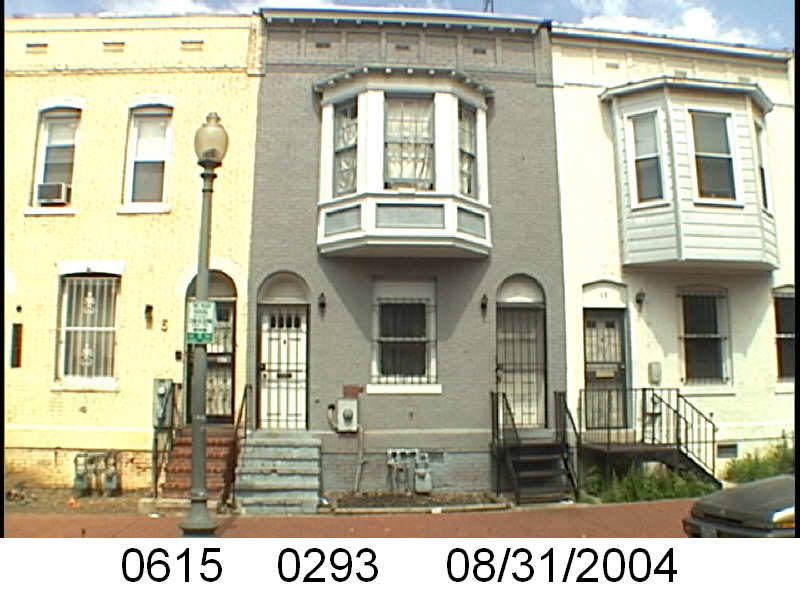
Let’s see what happens with 55 Bates St NW:
- December 1950 (recorded Jan 26, 1951) Evans, Levin and Taube sold one-half of 55 Bates St NW to Ruth C. Morris.
- December 1950 (recorded Jan 18, 1951) Ms. Morris borrowed $2,525 from Colonial Investment Co. favorite trustees Abraham H. Levin and Robert G. Weightman.
- January 1951 Evans, Levin, and Taube sold the other half of 55 Bates St NW to Rodena Hood.
- Jan 1951 Ms. Hood borrowed $2,525 from trustees Abraham H. Levin and Robert G. Weightman.
- October 1952 Ms. Morse sold her half to the widow A. E. Pickett.
- September 1956 Ms. Hood lost her half to foreclosure. It was repossessed by Badt, Evans, and Taube via an auction.
- Sept 1956 Harry A. and wife Jennie Badt sold/transferred their interest in the property to Nathan Levin’s survivors.
- June 1959 (doc #1959024641), as part of a large property package, Badt, Evans, Taube, Nathan Levin’s survivors, and their spouses sold 55 Bates to Sophia and George Basiliko.
- June 1963 Ms. Morris, and by extension Mrs. Pickett, was released from her mortgage.
- October 1965 Mrs. A. B. Pickett borrowed $5,959 from the United Mortgage Company represented by trustees A.J. Mascetta and Ralph O. Weed.
- December 1979 George Basiliko, Inc sold his half to Otis B. Womack.
- December 1985 the Estate of Otis B. Womack transferred the half to Otis’ brother James E. Womack.
- June 1985 the estate of A.B. Pickett sold her half to James E. Womack.
This has two elements of the pattern with one mortgage and the sale of that foreclosed unit to George Basiliko. But it was not sold to the DC Redevelopment Agency and avoided that part of the cycle.
For some reason the name Otis Womack seemed familiar, so I Googled it. I no longer have a Washington Post subscription, but it’s one of the first things to pop up with a story from October 24, 1981. Otis Womack was the owner of the Little Florida Avenue Market at 141 Florida Avenue NW when he was shot dead in a robbery. His name is also buried in a 1981 Congressional document regarding gun violence. His son Wayne Ellis David, an MPD officer, died recently in 2024, in a tragic accident when he attempted to retrieve a gun from a storm drain.


